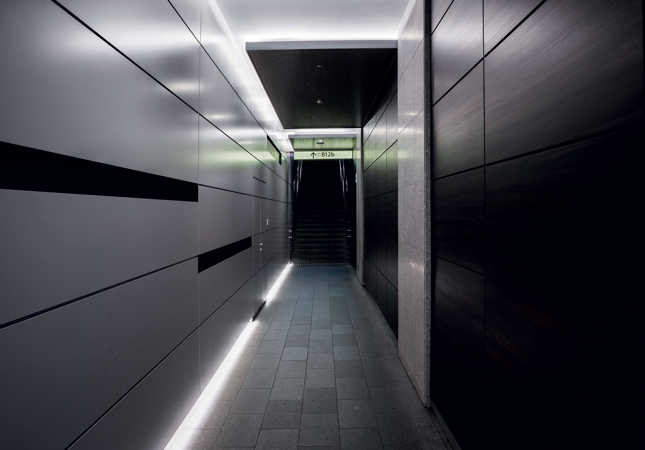
Fundamentals of Lighting Design
Understanding Light
Light is electromagnetic radiation that lies within a specific portion of the electromagnetic spectrum and can be seen by the human eye. Essential for human perception, light plays a significant role in our daily activities.
Basic Lighting Terms
- Luminous Flux (lm): The total light emitted by a light source, measured in lumens (lm).
- Luminous Intensity (cd): The light emitted by a light source in a specific direction, measured in candela (cd).
- Illuminance (lx): The amount of light falling on a unit area, measured in lux (lx).
- Luminance (cd/m²): The intensity of light emitted from a surface in a specific direction, measured in candela per square meter (cd/m²).
- Color Temperature (K): Measures the hue of a light source in Kelvin (K) and indicates the color temperature of the light.
- Color Rendering Index (CRI): A measure of how accurately a light source reveals the colors of various objects compared to a natural light source.
Lighting Methods
Three fundamental methods are used in lighting design:
- General Lighting: Aims to illuminate the entire space evenly.
- Task Lighting: Illuminates a specific area more intensely where a particular task is performed.
- Accent Lighting: Used to highlight a specific object or area within the space.
Lighting Design Process
The lighting design process includes the following steps:
- Needs Analysis: Determines the function of the space and user needs.
- Concept Development: Creates the design concept and selects light sources.
- Detailing: Plans the placement of fixtures and control systems.
- Simulation and Modeling: Simulates the lighting design through software.
Implementation and Evaluation: Implements the design and evaluates its performance.
Design Factors
When designing a lighting plan, the following factors should be considered:
- Functionality: Lighting should serve the purpose of the space, whether for work, relaxation, or display.
- Efficiency: Energy-efficient lighting reduces operating costs and environmental impact.
- Aesthetics: Lighting should complement the design of the space and enhance its visual appeal.
- Comfort: Proper lighting can reduce eye strain and create a comfortable environment.
Lighting Metrics and Calculations
The technical aspects of lighting design involve various calculations:
- Lux Levels: Determining the required lighting levels for different tasks and environments.
- Beam Angle: The angle of light emitted from a light source.
- Lighting Layout: Planning the placement of light fixtures to achieve even illumination.
Sustainability in Lighting Design
Sustainability is becoming increasingly important in lighting design:
- Energy Consumption: Choosing fixtures and bulbs that consume less power.
- Life Cycle Analysis: Assessing the environmental impact of lighting products from production to disposal.
- Natural Light Integration: Maximizing the use of daylight to reduce dependence on artificial lighting.
Conclusion
Lighting design is a complex field that merges science and art. A well-designed lighting scheme can transform a space, making it more functional, efficient, and aesthetically pleasing. As technology advances, lighting design continues to evolve, offering new possibilities and challenges for designers.